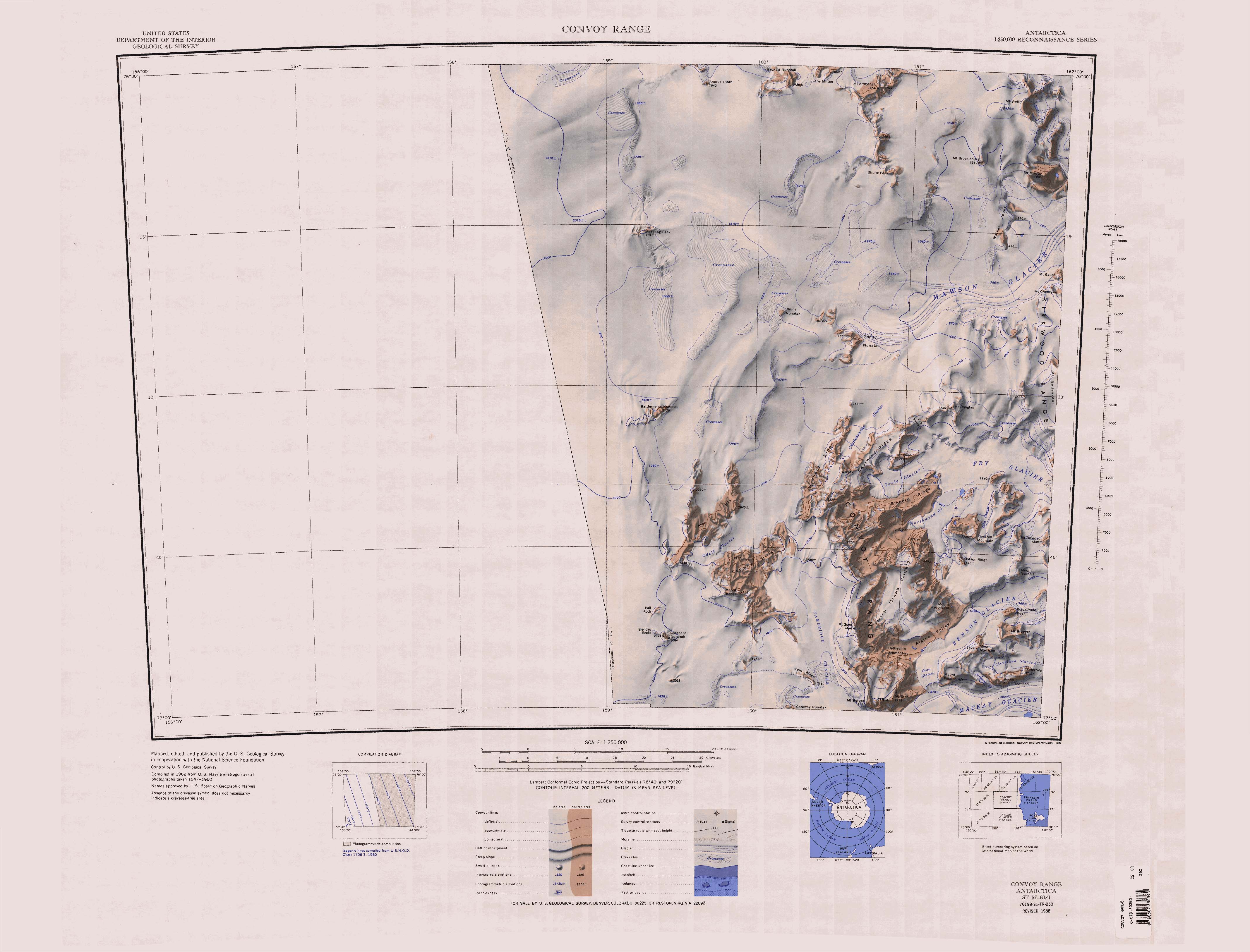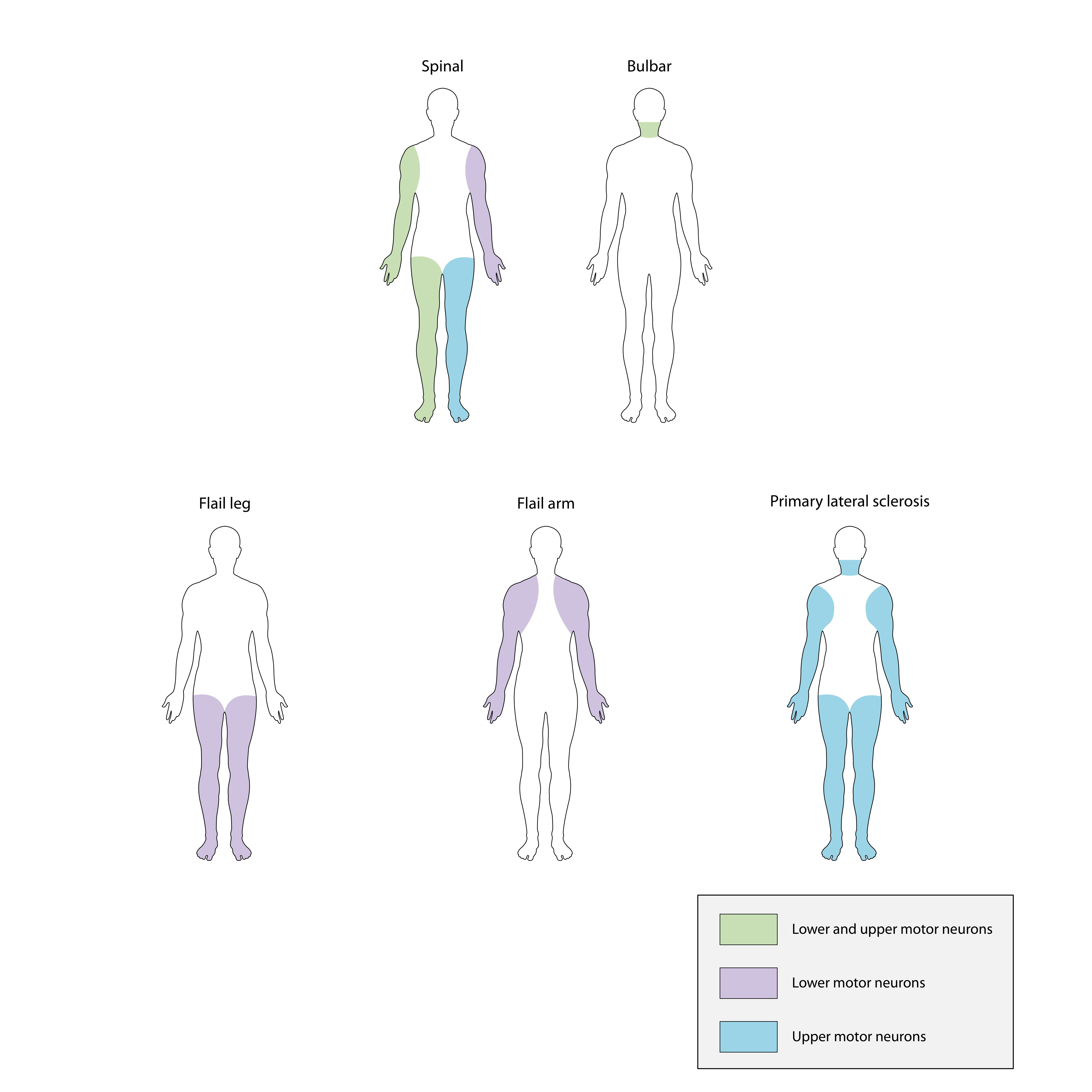|
Charcot (other)
Charcot may refer to: People * Jean-Martin Charcot (1825–1893), French neurologist Jean-Martin Charcot's name is associated with many diseases, anatomical structures and conditions including: :* Charcot–Marie–Tooth disease, a form of peroneal muscular atrophy :* Charcot–Bouchard aneurysms :* Charcot–Leyden crystals :* Charcot's cholangitis triad of symptoms of ascending cholangitis :* Charcot's neurologic triad of symptoms of multiple sclerosis :* Some anterolateral central arteries in the brain are known as Charcot's artery :* Neuropathic arthropathy, Charcot's joint or Charcot foot :* Amyotrophic lateral sclerosis, a motor neurone disease known as both Charcot's disease and Lou Gehrig's disease :* Charcot Wilbrand syndrome or visual agnosia, inability to recognize visual stimuli * Jean-Baptiste Charcot (1867–1936), French explorer and physician, son of Jean-Martin Charcot Places in Antarctica * Charcot Bay * Charcot Cove * Charcot Island * Charcot Plate, a tectonic ... [...More Info...] [...Related Items...] OR: [Wikipedia] [Google] [Baidu] |
Jean-Martin Charcot
Jean-Martin Charcot (; 29 November 1825 – 16 August 1893) was a French neurology, neurologist and professor of anatomical pathology. He worked on groundbreaking work about hypnosis and hysteria, in particular with his hysteria patient Louise Augustine Gleizes. Charcot is known as "the founder of modern neurology",Lamberty (2007), p. 5 and his name has been associated with at least 15 medical eponyms, including #Eponyms, various conditions sometimes referred to as Charcot diseases. Charcot has been referred to as "the father of French neurology and one of the world's pioneers of neurology". His work greatly influenced the developing fields of neurology and psychology; modern psychiatry owes much to the work of Charcot and his direct followers.Bogousslavsky (2010), p. 7 He was the "foremost neurologist of late nineteenth-century France" and has been called "the Napoleon Bonaparte, Napoleon of the Neurosis, neuroses". Personal life Born in Paris, Charcot worked and taught at th ... [...More Info...] [...Related Items...] OR: [Wikipedia] [Google] [Baidu] |
Jean-Baptiste Charcot
Jean-Baptiste Étienne Auguste Charcot, better known in France as Commandant Charcot, (15 July 1867 in Neuilly-sur-Seine near Paris – 16 September 1936 at sea (30 miles north-west of Reykjavik, Iceland), was a French scientist, medical doctor and polar scientist. His father was the neurologist Jean-Martin Charcot (1825–1893). As a sportsman, he was French rugby XV champion in 1896 and also won a double silver medal in sailing at the 1900 Summer Olympics. Life Jean-Baptiste Charcot was appointed leader of the French Antarctic Expedition with the ship ''Français'' exploring the west coast of Graham Land from 1904 until 1907. The expedition reached Adelaide Island in 1905 and took pictures of the Palmer Archipelago and Loubet Coast. From 1908 until 1910, another expedition followed with the ship '' Pourquoi Pas ?'', exploring the Bellingshausen Sea and the Amundsen Sea and discovering Loubet Land, Marguerite Bay, Mount Boland and Charcot Island, which was named after his ... [...More Info...] [...Related Items...] OR: [Wikipedia] [Google] [Baidu] |
Adélie Land
Adélie Land ( ) or Adélie Coast is a Territorial claims in Antarctica, claimed territory of France located on the continent of Antarctica. It stretches from a portion of the Southern Ocean coastline all the way inland to the South Pole. France has administered it as one of five districts of the French Southern and Antarctic Lands since 1955 and applied the Antarctic Treaty System rules since 1961. Article 4 of the Antarctic Treaty deals with territorial claims, and although it does not renounce or diminish any preexisting claims to sovereignty, it also does not prejudice the position of contracting parties in their recognition or non-recognition of territorial sovereignty. France has had a permanent station in Adélie Land since 9 April 1950. Geography Adélie Land lies between 136th meridian east, 136° E (near Pourquoi Pas Point at ) and 142nd meridian east, 142° E (near Point Alden at ), with a shore length of about and with its inland part extending as a sector of a ci ... [...More Info...] [...Related Items...] OR: [Wikipedia] [Google] [Baidu] |
Cape Charcot
Cape Charcot () is a rocky headland at the northeast end of the Melba Peninsula, west of David Island. It was discovered by the Australasian Antarctic Expedition under Mawson, 1911–1914, who named it for Dr. Jean-Baptiste Charcot Jean-Baptiste Étienne Auguste Charcot, better known in France as Commandant Charcot, (15 July 1867 in Neuilly-sur-Seine near Paris – 16 September 1936 at sea (30 miles north-west of Reykjavik, Iceland), was a French scientist, medical doctor ..., French Antarctic explorer. References Headlands of Queen Mary Land {{QueenMaryLand-geo-stub ... [...More Info...] [...Related Items...] OR: [Wikipedia] [Google] [Baidu] |
Charcot Island
Charcot Island or Charcot Land is an island administered under the Antarctic Treaty System, long and wide, which is ice covered except for prominent mountains overlooking the north coast. Charcot Island lies within the Bellingshausen Sea, west of Alexander Island, and about north of Latady Island. A notable landmark of the island is its northernmost point, Cape Byrd. History Charcot Island was discovered on 11 January 1910 by the French Antarctic Expedition under Jean-Baptiste Charcot, who, at the insistence of his crew and the recommendation of Edwin S. Balch and others, named it Charcot Land. He did so with the stated intention of honoring his father, Jean-Martin Charcot, a famous French physiciaThe insularity of Charcot Land was proved by Sir Hubert Wilkins, who flew around it on 29 December 1929. 2009 Collapse of ice bridge The ice bridge holding the Wilkins Ice Shelf to the Antarctic coastline and Charcot Island was long but only wide at its narrowest point – in ... [...More Info...] [...Related Items...] OR: [Wikipedia] [Google] [Baidu] |
Charcot Cove
The Mawson Glacier () is a large glacier on the east coast of Victoria Land, Antarctica, descending eastward from the Antarctic Plateau to the north of Trinity Nunatak and the Kirkwood Range, to enter the Ross Sea, where it forms the Nordenskjöld Ice Tongue. The glacier was first mapped by the British Antarctic Expedition (1907–09) and named for Douglas Mawson, the expedition physicist, who later led two other Antarctic expeditions, 1911–14, and 1929–31. Glaciology After the Last Glacial Maximum (LGM) there was dynamic retreat of the ice sheet covering the Ross Sea in the Mawson Glacier region. The glacier thinned abruptly between 7,500 and 4,500 years ago, then thinned more gradually until recently. This thinning was very similar to what happened at the Mackay Glacier to the south. Probably the ice sheet retreat and glacial ice drawdown were caused by ocean warming. Course The Mawson Glacier rises on the Antarctic Plateau. Features of the region of its head include B ... [...More Info...] [...Related Items...] OR: [Wikipedia] [Google] [Baidu] |
Charcot Bay
Charcot Bay () is a bay about wide between Cape Kater and Cape Kjellman along the Davis Coast of Graham Land, Antarctica. Location Charcot Bay lies at the east end of the Davis Coast on the northwest of the Antarctic Peninsula, at the base of the Trinity Peninsula. Is is southwest of Gavin Ice Piedmont and Bone Bay and northeast of Lanchester Bay. It opens onto the Canal d'Orléans, which separates it from Tower Island and the Palmer Archipelago. The Whittle Peninsula forms the western side of the bay. The Detroit Plateau is to the east. Glaciers entering the bay include, from west to east, Sabine Glacier, Andrew Glacier, Whitecloud Glacier and McNeile Glacier. Coastal features include Wbster Peaks, Almond Point, Lindblad Cove, Auster Point and Cape Kjellman. Discovery and name Charcot Bay was discovered by the Swedish Antarctic Expedition (SwedAE), 1901–04, under Otto Nordenskiöld. He named it for Dr. Jean-Baptiste Charcot, at that time a noted Arctic explorer prepar ... [...More Info...] [...Related Items...] OR: [Wikipedia] [Google] [Baidu] |
Visual Agnosia
Visual agnosia is an impairment in recognition of visually presented objects. It is not due to a deficit in vision (acuity, visual field, and scanning), language, memory, or intellect. While cortical blindness results from lesions to primary visual cortex, visual agnosia is often due to damage to more anterior cortex such as the posterior occipital and/or temporal lobe(s) in the brain. /sup> There are two types of visual agnosia, apperceptive and associative. Recognition of visual objects occurs at two levels. At an apperceptive level, the features of the visual information from the retina are put together to form a perceptual representation of an object. At an associative level, the meaning of an object is attached to the perceptual representation and the object is identified. If a person is unable to recognize objects because they cannot perceive correct forms of the objects, although their knowledge of the objects is intact (i.e. they do not have anomia), they have appercepti ... [...More Info...] [...Related Items...] OR: [Wikipedia] [Google] [Baidu] |
Charcot–Marie–Tooth Disease
Charcot-Marie-Tooth disease (CMT) is an inherited neurological disorder that affects the peripheral nerves responsible for transmitting signals between the brain, spinal cord, and the rest of the body. This is the most common inherited neuropathy that causes sensory and motor symptoms of numbness, tingling, weakness and muscle atrophy, pain, and progressive foot deformities over time. In some cases, CMT also affects nerves controlling automatic bodily functions like sweating and balance. Symptoms typically start in the feet and legs before spreading to the hands and arms. While some individuals experience minimal symptoms, others may face significant physical limitations. There is no cure for CMT; however, treatments such as physical therapy, orthopedic devices, surgery, and medications can help manage symptoms and improve quality of life. CMT is caused by mutations in over 100 different genes, which disrupt the function of nerve cells' axons (responsible for transmitting signals ... [...More Info...] [...Related Items...] OR: [Wikipedia] [Google] [Baidu] |
Amyotrophic Lateral Sclerosis
Amyotrophic lateral sclerosis (ALS), also known as motor neuron disease (MND) or—in the United States—Lou Gehrig's disease (LGD), is a rare, Terminal illness, terminal neurodegenerative disease, neurodegenerative disorder that results in the progressive loss of both upper and lower motor neurons that normally control Skeletal muscle, voluntary muscle contraction. ALS is the most common form of the motor neuron diseases. ALS often presents in its early stages with gradual muscle Spasticity, stiffness, Fasciculation, twitches, Muscle weakness, weakness, and Muscle atrophy, wasting. Motor neuron loss typically continues until the abilities to eat, speak, move, and, lastly, breathe are all lost. While only 15% of people with ALS also fully develop frontotemporal dementia, an estimated 50% face at least some minor difficulties with cognitive disorder, thinking and behavior. Depending on which of the aforementioned symptoms develops first, ALS is classified as ''limb-onset'' (b ... [...More Info...] [...Related Items...] OR: [Wikipedia] [Google] [Baidu] |
Neuropathic Arthropathy
Neuropathic arthropathy (also known as Charcot neuroarthropathy or diabetic arthropathy) refers to a progressive fragmentation of bones and joints in the presence of neuropathy. It can occur in any joint where denervation is present, although it most frequently presents in the foot and ankle. It follows an episodic pattern of early inflammation followed by periarticular destruction, bony coalescence, and finally bony remodeling. This can lead to considerable deformity and morbidity, including limb instability, ulceration, infection, and amputation. The diagnosis of Charcot neuroarthropathy is made clinically and should be considered whenever a patient presents with warmth and swelling around a joint in the presence of neuropathy. Although counterintuitive, pain is present in many cases despite the neuropathy. Some sort of trauma or microtrauma is thought to initiate the cycle but often patients will not remember because of numbness. Misdiagnosis is common. The goal of treatm ... [...More Info...] [...Related Items...] OR: [Wikipedia] [Google] [Baidu] |


